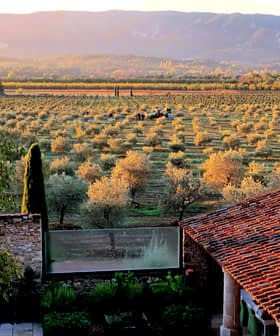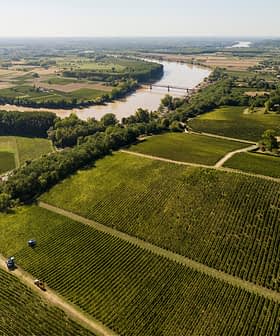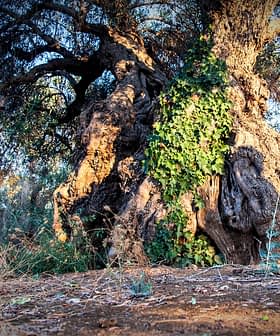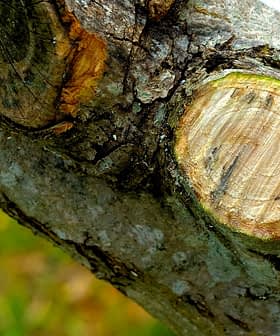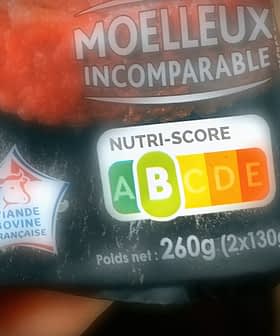Xylella Fastidiosa Continues to Spread in Corsica
The Xylella fastidiosa bacterium has spread on the French island of Corsica, with 233 confirmed infections by January 2016, mostly concentrated in southern Corsica. A buffer zone of 10 kilometers around each infected zone has been established, covering 40% of the island, while compensation programs are being finalized for affected individuals and companies facing losses.
The increasing spread of the Xylella fastidiosa bacterium on the French island of Corsica has been creating concern since the first case was detected on 22 July 22, 2015 in Propriano. In January, two newly infected zones in the commune of Monacia-d’Aullène located in the Corse-du-Sud department of southern Corsica were undergoing treatment to eradicate infected plants.
See Also:Complete Coverage of the Xylella Fastidiosa Outbreak
By the end of 2015, there were 194 confirmed infections in Corsica, and by the end of January 2016, the number had risen to 233. Most of these are concentrated in southern Corsica in the Corse-du-Sud department, where there are 222 confirmed cases to date while Haute-Corse has 11.
A buffer zone of a radius of 10 kilometers (6.2 miles) around each infected zone must be maintained. As a result, 40 percent of the island is now demarcated as a buffer zone, an area of 3,766 square kilometers (1,454 square miles). Infections have also been detected on the French mainland in the region of Provence-Alpes-Côte d’Azur in the south of France.
In the meantime, government authorities are finalizing a compensation program for those affected by losses as a result of the destruction of plants infected by Xf. The funds can be applied to cover the costs of safeguarding susceptible plants that have been banned from export. An information and help line has also been set up for companies requiring information on the compensatory measures being put in place for companies facing losses.
Xylella fastidiosa has been blamed for the devastation of tens of thousands of acres of olive groves in Italy’s Puglia region. EU-wide measures taken to contain the bacterium have so far failed to prevent its spread.



